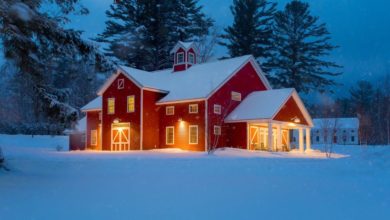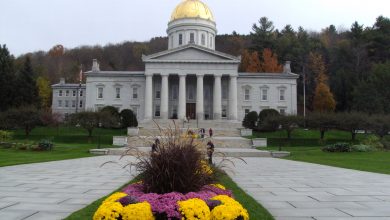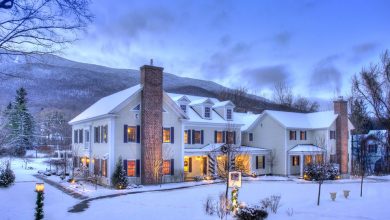Ice Cream and Religion: Why Vermont’s Story Is Just Different
You might not know these 7 things about the Green Mountain State
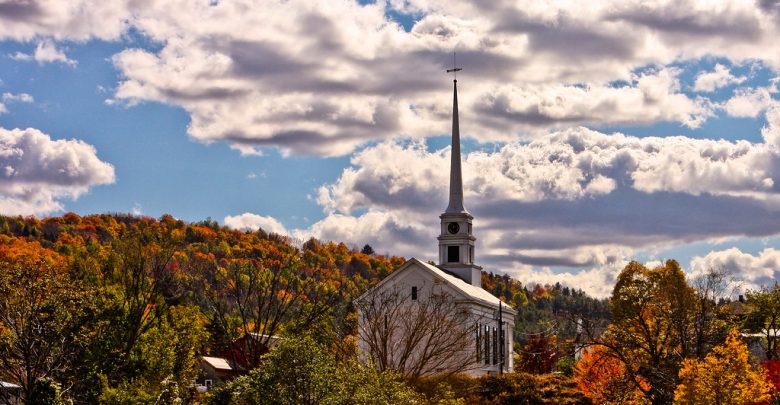
In 1791, Vermont became the 14th state to join the country after the original 13 colonies did so. Vermont is home to over 625,000 people, and it’s often called the Green Mountain State because of the prevalence of green mountains among its landscape (what a novel idea!). After all, the state’s name comes from the term “vert mont,” which means green mountain.
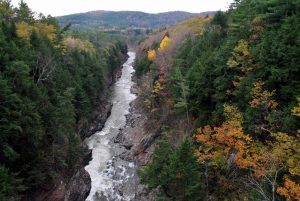
It has the least populous capital city of any state in the union—Montpelier, Vermont, has a population of only about 8,000. The population increases during the weekdays to just over 21,000, thanks to all the jobs in the capital city. But we bet there are some things you didn’t know about the state of Vermont, and we’re sharing 7 of them with you here.

Ben & Jerry’s had humble beginnings.
The famous Vermont-based ice cream duo—started by lifelong friends Ben Cohen and Jerry Greenfield—was a very small outfit when it was first begun. The two young men started the ice cream company on May 5, 1978. Before doing so, they both took a correspondence class in ice cream making offered by Pennsylvania State University. They began very humbly—in a refurbished gas station—and with only $12,000: $8,000 they had saved and $4,000 they had borrowed. The two saw unrivaled success, and in 2000, just 22 years after the company was born, Ben & Jerry’s was acquired by Unilever for a whopping $325 million!
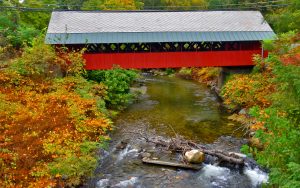
Vermont likes to cover its bridges.
In fact, over 100 of the Green Mountain State’s bridges are covered. Vermont has the most covered bridges per square mile, and one of the oldest is the 195-foot-long Pulp Mill Bridge in Middlebury, which was built in 1808. Many of Vermont’s covered bridges were built in the 1800s. They were originally covered to protect the bridges from the weather and the elements. The Vermont Country Store located in Rockingham, Vermont, is known for its covered “Kissing Bridge.” Another covered bridge that spans the Connecticut River between the cities of Cornish, New Hampshire and Windsor, Vermont, is 449 feet long. The appropriately-titled Windsor-Cornish Bridge was originally built in 1866 after floods destroyed three other bridges. The current bridge is listed on the National Register of Historic Places.
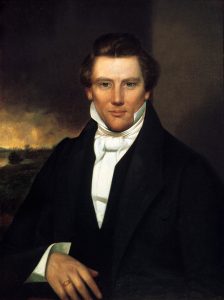
Mormonism was created by a Vermont native.
Joseph Smith was born in Sharon, Vermont. He was responsible for the Latter-Day Saint movement and the Mormon belief. At age 24, Smith penned the Book of Mormon. He died at the young age of only 38, but in those brief 14 years, Smith had amassed a following of tens of thousands of people. Today, there are nearly 14 million Mormons in the world—almost as many Mormons as there are Jews. Mormonism is the fourth largest individual denomination with over 5.5 million followers. And contrary to popular belief, only about 12% of Mormons live in the state of Utah.
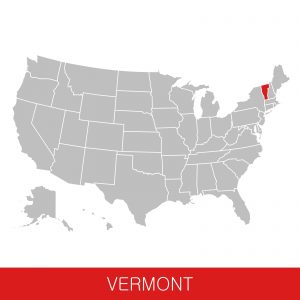
So much geography, so little space!
Vermont is not a big place. From north to south, it’s only 159 miles long. It’s greatest width (east to west) is 89 miles and in some places, it’s only 37 miles wide. And as small as it is, you’d never guess that the Green Mountain State is home to so many different geographical land regions—six of them, in fact! Vermont can be divided into the Northeast Highlands, the Western New England Uplands, the Green Mountains, the Vermont Valley, the Taconic Mountains, and the Champlain Valley.
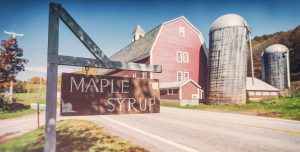
Have some sap with your pancakes!
Vermont produces more maple syrup than any other state. More than 47% of the maple syrup produced in the United States comes from Vermont. In 2017 alone, nearly 2 million gallons of the delectable syrup were produced in Vermont. The syrup is made from the xylem sap of sugar maple, black maple, and red maple trees. Before winter in colder climates, the maple trees store starch down in their trunks and in their roots. That starch is later turned into sugar which rises in the sap of the tree in the late winter and early spring months. The trees are tapped to collect the sap, and then the sap is heated so that the water evaporates, leaving only the highly-concentrated syrup.
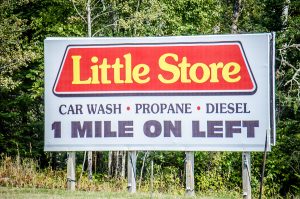
Billboards are illegal in Vermont.
It’s true. If you see a billboard in Vermont, chances are that it will be one of the only billboards you see. Chances are also that the information contained on the billboard is pertinent to public safety or it’s for the public good. It wasn’t always this way, however. In fact, billboards weren’t banned in Vermont until 1968, but it wasn’t because of a prevalence of boards with divisive messages or the presence of inappropriate signage. Instead, the ban was a result of the work of one very determined man named Ted Riehle. It was his goal to preserve the natural beauty of Vermont, and he felt that billboards took away from that beauty. Today, over fifty years later, the belief behind a lack of billboards in the beautiful state of Vermont is unchanged, and motorists in Vermont are better for it!
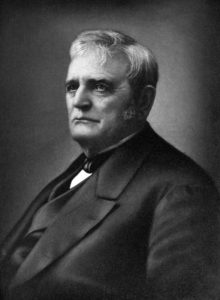
Tractors, U. S. Presidents and an elevator company
That’s quite a combination. What do they have in common? A beginning in Vermont! Many famous people were born in Vermont, but some of the most noteworthy ones changed the course of history. One such person was inventor John Deere. He was born in Rutland, Vermont, in the 1800s and grew up to be a blacksmith who began Deere & Company—one of the largest agricultural equipment companies in the world. Even those who’ve never stepped foot on a farm are familiar with the term “John Deere tractor.”
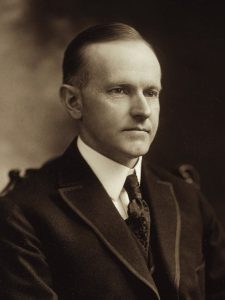
Two U. S. Presidents were also born in Vermont—Chester A. Arthur, who would become the nation’s 21st president and Calvin Coolidge, who served as the 30th United States President.
Another famous Vermont native was Elisha Otis. Otis was born in Halifax, Vermont, in 1811 and was an industrialist. He founded the Otis Elevator Company and even created a safety device for elevators that prevented the cars from falling, should the cable that hoists the car up ever fail. Otis elevators are still in production and operation all over the world today—and the genius behind the invention came from a man who hailed from Vermont. Betcha didn’t know that!

